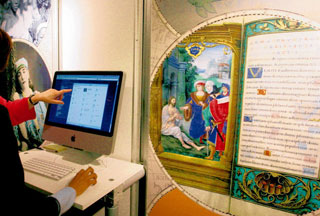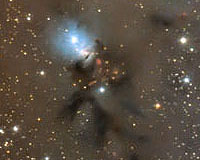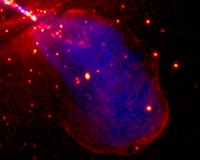
© FazeliPeople attend the initiation of the World Digital Library in Paris
The UN has launched the World Digital Library aimed at promoting peace and global cultural understanding via digital Internet technology.
The UN Educational, Scientific and Cultural Organization (UNESCO) launched the website which offers information in seven languages -- Arabic, Chinese, English, French, Portuguese, Spanish and Russian -- on Tuesday.
Some 32 libraries and research institutions from 19 countries helped to create the site, which includes manuscripts, maps, rare books, films, sound recordings, prints and photographs.


